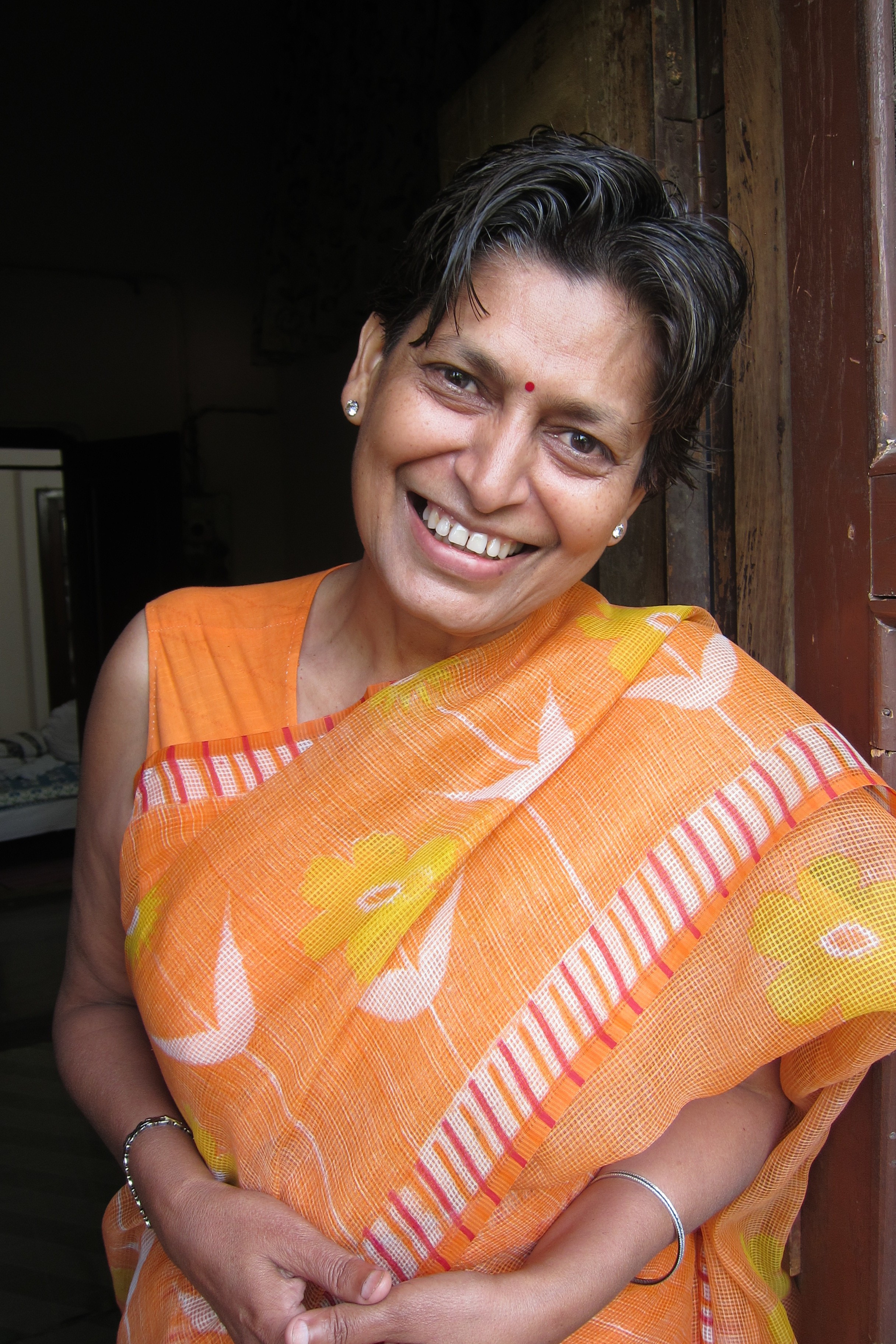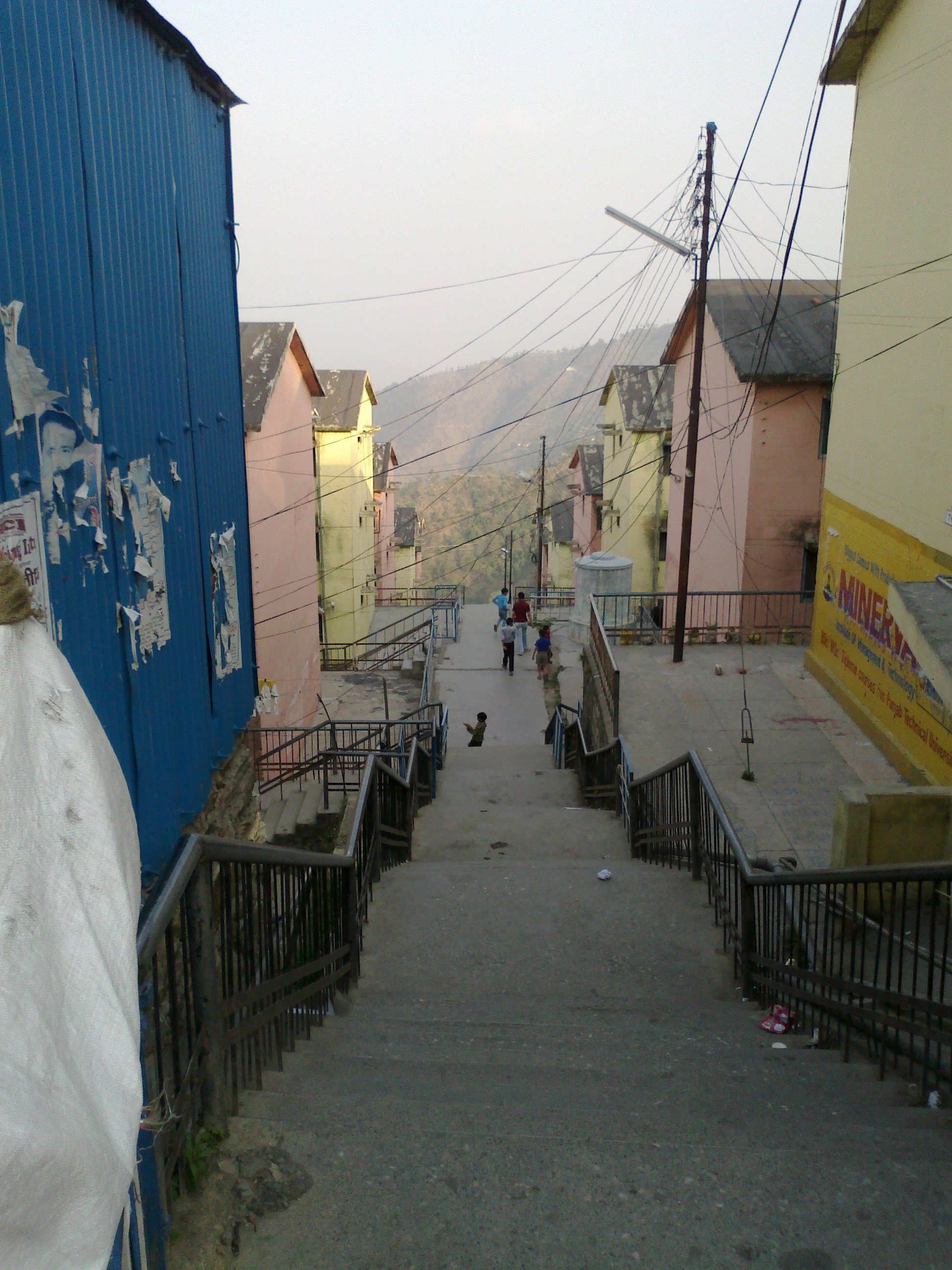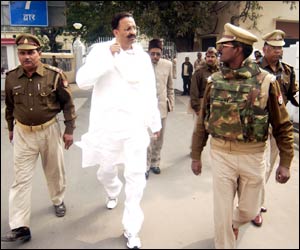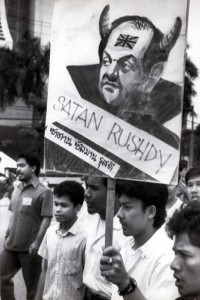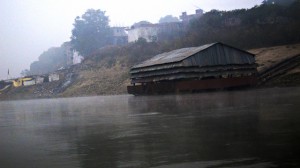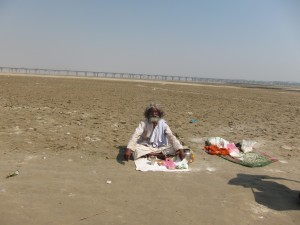I wrote in the New York Times a few months ago about the takeover of the Gandhian Institute of Studies in Varanasi, India, by a clique of so-called “academics” tied to the right-wing Rashtriya Swayamsevak Sangh. The RSS, a paramilitary organization with an estimated 5 million members, “actually was the inspiration and source of the Kill Gandhi and Hate Gandhi movement” that led to Gandhi’s assassination, according to Tushar Gandhi, a great-grandson of the Mahatma.
It’s ironic, Tushar told me, that the RSS “is attempting to grab an institution founded by Ram Manohar Lohia, a eminent follower of Gandhi and one of India’s leading socialist leaders.”
Now comes news that the grounds of the Gandhian Institute have recently been used to host a meeting of RSS leaders. Clips (in Hindi) after the jump.
It’s a world of fakes and charlatans — they’re in every city in every country. But still: The Gall.
Continue reading “Hindu Right-Wingers Feasting in Gandhi’s Domain”

